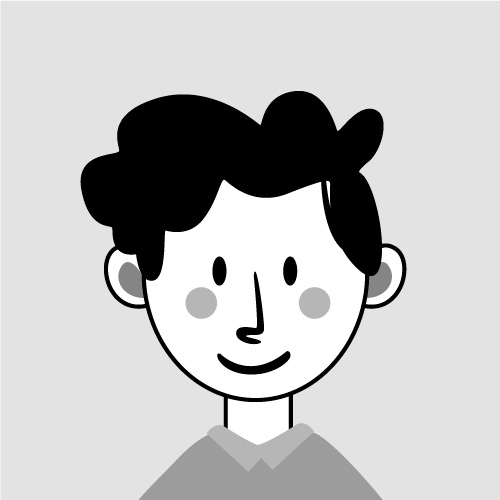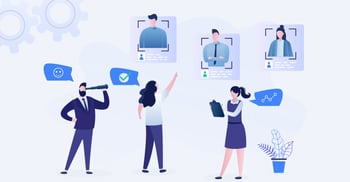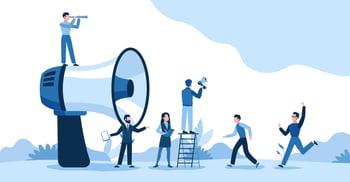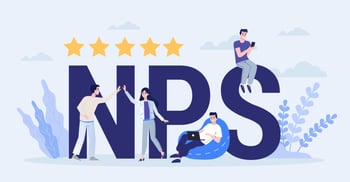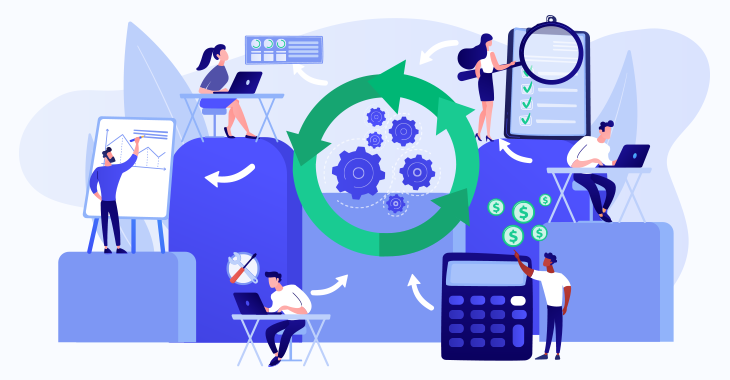
The SaaS Customer Lifecycle Explained
Everything in life is characterized by cycles. There’s an order to most things, from nature to the business world, if you look close enough, and your SaaS business is no exception. It comprises many cycles that must work together for your business to effectively sell SaaS online. One such cycle is the SaaS Customer lifecycle.
The SaaS Customer Lifecycle Explained
Before we can discuss how to utilize the SaaS customer lifecycle, we need to understand it. What is it? How does it work? And why is it important?
What Is the SaaS Customer Lifecycle?
This lifecycle outlines the trajectory of your relationship with customers. It tracks an individual's path from visitor to lead to customer and beyond.
Your customer lifecycle gives you a complete picture of your customer's brand experience. What draws them in, what pushes them through the sales funnel and how the relationship between brand and customer is formed.
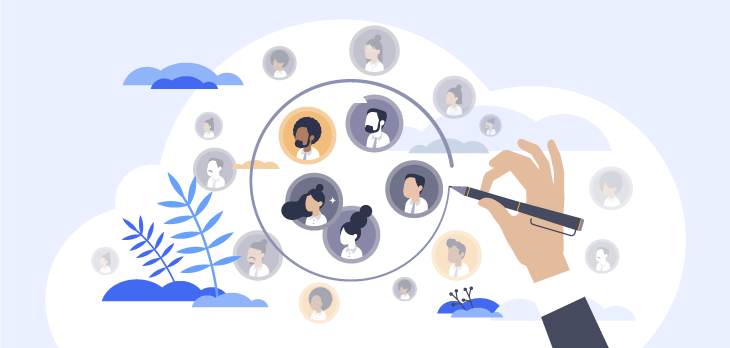
Why Do You Need to Understand the SaaS Customer Lifecycle?
Not only does it help you to sell software online, but understanding your customer lifecycle enables you to optimize your business processes better. For example, streamlining the SaaS customer lifecycle allows you to cross-sell and upsell your SaaS. As a result, you’ll be able to create lasting customer relationships and increase brand loyalty.
How Is the Lifetime Value of the Customer Determined?
The customer lifetime value is an essential marker of how successful your customer lifecycle has been so far. It’s a metric that shows how much money a customer spends on your brand throughout their time as paying customers. The higher your customer lifetime value, the more successful your customer lifecycle is.
How do you calculate customer lifetime value? Here are the two simple steps:
Average purchase value x average purchase frequency = customer value.
Average customer lifespan x customer value = customer lifetime value.
The 9 Stages of The SaaS Customer Lifecycle
Think of the SaaS customer lifecycle as consecutive stages that lead on from and relate to one another in a continuous system. The nine stages can be divided into three categories: acquisition, engagement, and retention.
Acquisition Stages
These stages of the customer lifecycle are characterized by the steps customers take to solve their problems. The focus is on helping customers understand their problems and showing that your SaaS product can solve them.
1. Awareness
At the first stage of the SaaS customer lifecycle, customers become aware that they have a problem. They then move into ‘research mode’ and begin to learn more about the problem and how to fix it.
During this quest, they might stumble upon your brand and learn more about your products and services. At this point, the customer becomes aware that you might have a solution to their problem.
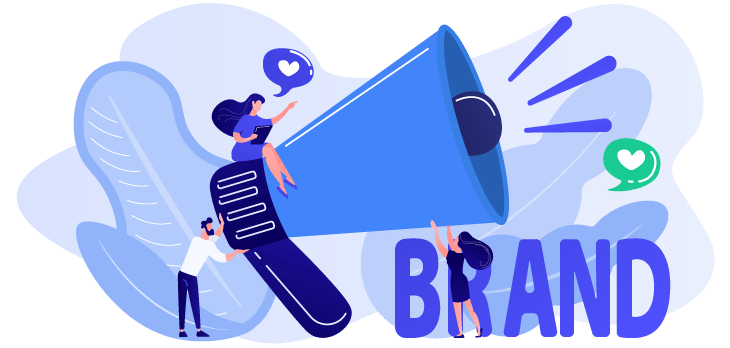
2. Consideration
Stage two in the SaaS customer lifecycle is for customers to consider the information they have gathered. They’ve fleshed out their problem and have narrowed down possible solutions.
As one of the contending problem solvers, you want to stay at the forefront of consideration. The more time the customer spends considering your brand, the more likely it’ll be you that they choose.
You need to find ways to increase the time customers spend considering your product. Getting customers to fill out forms for accessing lead-generation content is a great way to do this.
No 3rd party integrations. No hidden costs. No wasted time.
Just a solution as unique as your business’s needs.
3. Qualification Through Conversion
The last stage of the acquisition category is qualification. Customers start using your lead generation content to determine whether your offer is the solution they need. ‘Qualified’ or educated users are more likely to reach out to your sales team.
This is when you see whether a potential customer is a good fit for your business. You’ll be able to track their interest - where they’ve looked and what they’ve clicked on or downloaded.
Engagement Stages
These stages are characterized by customers moving into ‘buying mode’ and purchasing your product. The focus is on highlighting your product's real and tangible value to your audience.
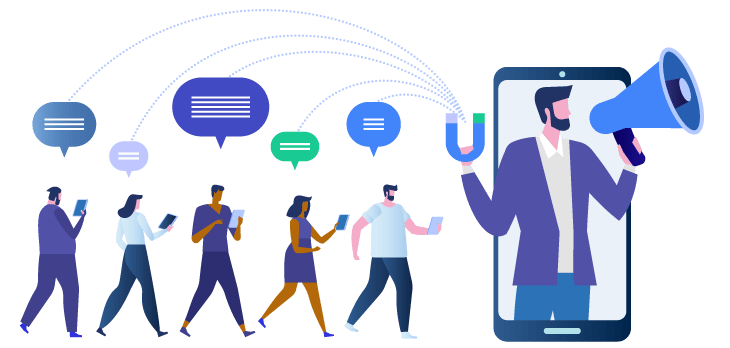
4. Evaluation
Stage four of the SaaS customer lifecycle is the final stage in the customer’s decision-making process. Customers are almost 100 % certain of buying your product and now need the extra nudge to do so.
At this stage, they’ll reach out to your sales team to ask specific questions about using your product or about your brand in general. The correct answers are the final lynchpin that confirms your product offers the best solution to their problem.
Remember, the evaluation stage seeks to answer one question: how will this product help my business? If you can’t show that your product can improve your leads' business efficiency and bottom line, they won’t progress to the next stage.
5. Purchase
Now that your lead has made their decision, it’s time for them to move on to the purchase stage. A few clicks here, a swipe or two there, and they go from potential to actual customer. It is crucial that you follow all the existing compliance rules and regulations. So, perform a thorough verification to ensure global SaaS compliance.
During this stage, you should spend some time evaluating your marketing and sales efforts. This helps you determine what techniques worked to convert them.
6. Activation
After payment has gone through, it’s time for stage six - activation. This is when customers are onboarded and start to use your product to fix their problems. The focus rests on the daily user and the training or support they might need to benefit from their purchase.
You’ll need to put together teams and/or resources dedicated to answering their queries. They need to keep users happy and avoid any frustration users might encounter when using your product.
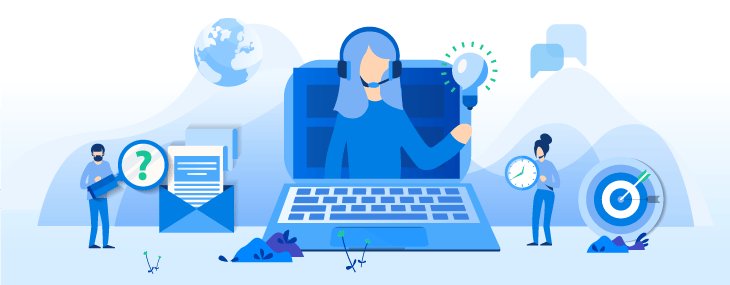
Retention Stages
These stages are characterized by the depth and longevity of your customers' relationship with your brand. The focus is on customer satisfaction, delivering maximum value, and preventing churn.
7. Expansion
Your users are convinced of your product's value and have become committed customers. Stage seven concerns expanding the reach of your SaaS product through encouraging regular use.
Your customers might be looking to upgrade their packages or add new features for an additional cost at this stage. Any expansion from the initial package they signed on for is a signal that the customer has entered the expansion stage.
8. Renewal
The hope at this point is that you’ve done enough to prove to customers that spending more money on your brand is worth it.
This brings us to stage eight - renewal. The customer’s initial contracted use period expires, and they decide to stick with your service.
Quality customer service that is both reactive and proactive is essential for success in this stage. You must keep open and consistent communication with your customers.
9. Referral
Last but not least in the SaaS customer lifecycle is the referral stage. Your customers have journeyed to become loyal patrons. Now they are ready to share their satisfaction with and recommend your services to their networks.
In many ways, loyal customers are your best sales reps. Through word-of-mouth and reviews, they provide reliable social proof that your brand delivers on what it promises.
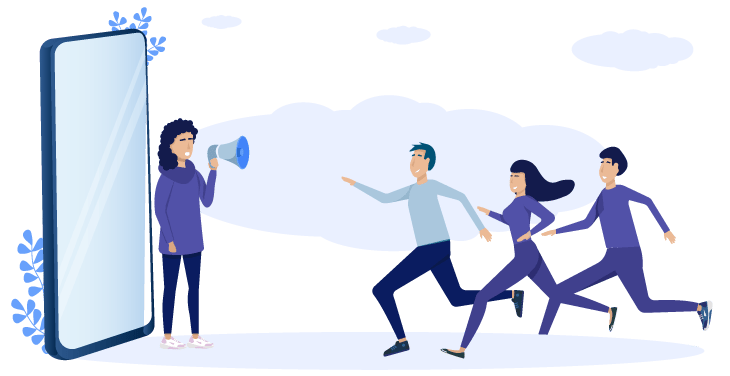
How to Utilize the SaaS Customer Lifecycle
Understanding your customer lifecycle is useful but being able to use it effectively is a game-changer. With that in mind, we’ve compiled some tips and tricks to help you maximize the efficacy of your customer lifecycle.
Perfecting pre-market processes helps create a strong foundation for your customer lifecycle. So before stage one begins, make sure you :
Craft Your Unique Selling Proposition (USP)
You need to have a strong USP that sets you apart from your competitors. Your USP outlines why your brand is the best choice for people searching for solutions. It needs to stand out from your competitors to be useful in the acquisition stages.
Craft Your Buyer Personas
Knowing who you are selling SaaS to is imperative. What’s the point of understanding customer lifecycles if you don’t know the customer at the center of the cycle?
You need to segment your market to identify who will be most attracted to your USP. Once you’ve narrowed this down, it’s time to start creating buyer personas of who you’re trying to attract.

Craft Your Targets
With your USP and buyer personas sorted, it’s time to flesh out your target audience and the strategies you’ll use to target them. Next, you need to tailor your customer experience to appeal directly to your audience.
Cultivate Awareness
Generating buzz surrounding your product is key to kicking off the awareness stage. As this is the start of the SaaS customer lifecycle, you need to spread the word that your product is out there.
Make sure you communicate how you solve customers' problems clearly. You need to inform your target audience of exactly what you offer and why your product or service is the ideal choice for them.
How? Through streamlined marketing and content strategies. Brands that provide resources like blogs offer free trials or have social media are more likely to drive traffic to their sites.
Track Your Customers
Tracking key metrics highlights weaknesses that affect customer acquisition, engagement, or retention. Using metrics, you can strengthen weak points and make it so your cycle functions optimally.
Metrics help your teams hone their strategies to hike up conversions. Try using software to track your website visitors and analyze their behavior. Then use these insights to usher customers down the conversion funnel.
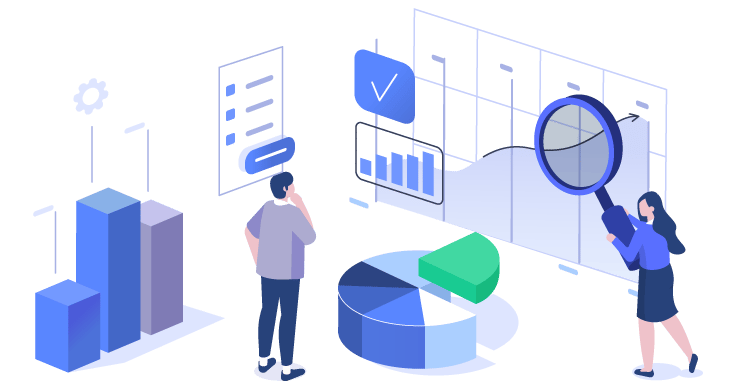
Thank Customers For Their Support
Showing customers your gratitude for their support helps during the retention stages. For example, when you see a lead convert to a paying customer, make sure you thank them for their support as it makes them feel valued.
Take this opportunity to tell customers about the support services available to them and who they can contact with questions. They’ll recognize the effort and be more likely to think favorably of the customer experience you’ve provided.
Creating a referral or rewards program is a great way to encourage customers to partake in the retention stages. For example, you could offer a discount on their renewal subscription or other useful freebies.
Make Onboarding a Smooth Process
In many ways, SaaS success rests on nailing your customer onboarding process. Imagine paying for a product that claims to be the answer to your problems, and then when it comes time for you to use it, you can’t. Would you be pleased?
Your customers need to be happy with their purchase from the get-go. Any negative experiences affect your retention stages. So make sure you assemble teams dedicated to actively listening to the user's needs and offering onboarding support.
Once a lead becomes a customer, it’s incredibly useful to have training materials prepped for them, like explainer videos or demos. Make sure these materials are easy to understand and access.
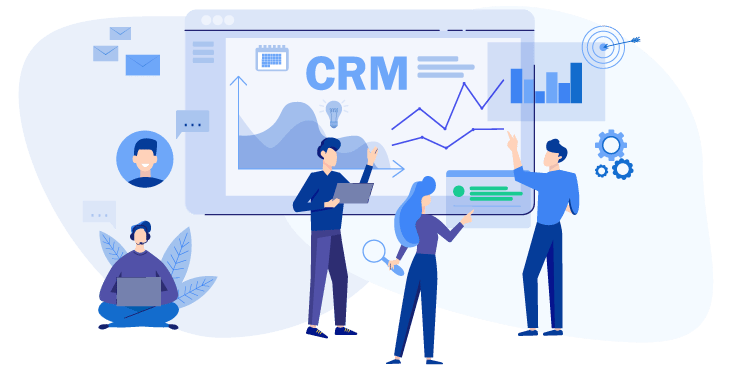
Ensure Product Regularity
Product regularity is an essential element in the retention stages. It affects whether customers renew their subscriptions, make repeat purchases or refer you to their network.
Your product needs to deliver consistent quality, or customers won't choose you again. To ensure customers get what they want, you need to help them achieve their goals for using your product.
Start by asking customers what they want to gain by using your product in their daily lives. Then share more tips or offer extra support to help them achieve this.
No 3rd party integrations. No hidden costs. No wasted time.
Just a solution as unique as your business’s needs.
Use The Customer Experience for Product Innovation
Product innovation feeds in and benefits all stages of the SaaS customer lifecycle. Therefore, the more suited your product is to your target audience, the more chance you will have at acquiring, engaging, and retaining customers.
Why Should You Innovate?
Product innovation aims to make your product better than it used to be. You must do this to keep existing customers interested and to better attract potential customers.
Customer needs and expectations are not stagnant - they evolve constantly. So your product needs to change and adapt to stay relevant and valuable in their lives.
How Do You Innovate?
Retrospection, analysis, and action. You need to look back on your customer's experience to discern what can be improved, removed, or changed.
Here are some questions to ask when doing so:
Look to functionality. Are the current features working effectively, or do they need tweaking?
Look at budgeting. Does your pricing structure need a re-evaluation? Is your product delivering the right amount of value for what you’re charging?
Look at communication. Have you asked your customers if the product is living up to their expectations?
Look to customer needs. Is your product solving customer pain points? Is it reliable?
Follow-up With Customers and Collect Feedback
Following up with customers and requesting feedback lets you keep a finger on the pulse of the SaaS customer lifecycle. Asking tough questions and analyzing the responses gives you the insight to refine all your business processes.
How Should You Follow-up?
When customers renew their subscriptions, ask them what features they like best or how you can better solve their problems. Then respond to their answers and deliver by using their feedback to improve your services.
How Should You Collect Feedback?
When customers make a purchase, find out why they chose your product. Then, use these responses in your marketing messaging to attract similar customers.
Final Thoughts on the SaaS Customer Lifecycle
Connecting the SaaS customer lifecycle stages creates a positive user experience for customers. The higher customer satisfaction levels in one stage, the more likely they’ll be to move on to the next.
It’s time to step into the shoes of your customer and traverse the cycle with them - only then can you tap into its power. So contact us at PayPro Global today. We'll help you optimize each stage in your customer lifecycle, so it forges long-lasting relationships with your customers.
FAQ
What are the stages of the SaaS lifecycle?
The SaaS customer lifecycle is divided into three distinct stages: acquisition, engagement and retention.
How do you keep SaaS customers engaged?
Offer video tutorials, actively collect customer feedback and use every opportunity to personalize their experience and demonstrate your products value.
Start email marketing campaigns with benefits or loyalty programs that incentivize your audience to purchase from you again.
What is a customer engagement strategy?
A customer engagement strategy is the means by which companies attract the attention of prospective, new, and existing companies, and focuses on delivering the best possible customer experiences.
Meir Amzallag
Co-founder and CEO of PayPro Global
Ioana Grigorescu
Content Marketing Manager at PayPro Global
Meir Amzallag
Co-founder and CEO of PayPro Global
Ioana Grigorescu
Content Marketing Manager at PayPro Global
Hanna Barabakh
Hanna Barabakh is a Brand Ambassador at PayPro Global
Adina Cretu
Adina Cretu is a Content Marketing Manager at PayPro Global
Know first. Act fast.
It doesn’t take luck to make it, but it does take knowledge. Be the first to learn the latest industry insights and must know marketing tips and tricks. Sign up and enjoy! Always informed. Never Spammed.




